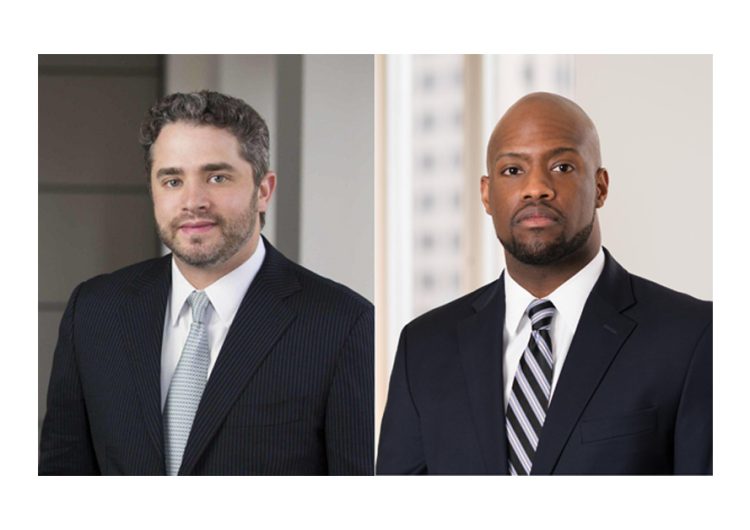
By Lawrence Elbaum and Patrick Gadson
Few financial market frenzies have matched the intensity of last year’s boom in special purpose acquisition company (SPAC) mergers. SPACs — which raise capital through an IPO, seek a private company to merge with, and aim to bring the company public — completed $421 billion in deals in 2021, according to S&P Global. That’s more than 11 times the amount across the entire 2010s.
SPAC sponsors have earned sizable returns from these deals, known as de-SPAC transactions. But for the companies they took public, the numbers haven’t been so pretty. As the economy has cooled and supply-chain challenges have grown — and as rising interest rates have made borrowing more expensive — de-SPACed companies that went public in 2021 had fallen 50 percent on average as of October 31, and nearly all are trading below their standard $10 IPO price.
These dynamics have put de-SPACed companies in a precarious position. And the many that are still in the development stage — or that have management teams with little public-company experience — are especially vulnerable. Sensing a prime takeover opportunity, shareholder activists have been itching for a fight, starting to launch campaign after campaign to steer these companies in a new direction — and pocket a profit in the process.
It’s called de-SPACtivism, and it’s a force to be reckoned with.
Among these activists’ top techniques is a short-and-distort scheme: betting against a de-SPACed company’s stock, and then spreading negative information to drive down its share price. Armed with reports, press releases, and even dedicated websites — and often cloaked in anonymity — activists ambush the de-SPACed company with public attacks on its financial viability and business model.
Short attackers often hunt in packs, and their success opens the door for conventional shareholder activism. With the goal of unlocking a de-SPACed company’s intrinsic value, this approach begins with private pressure — sharing ideas for change at the company with its board and senior management. But companies that fail to pacify an activist at this stage — even if the activist’s proposals clearly wouldn’t improve the company in any material way — can expect things to get a whole lot nastier.
Publicly disparaging board and management decisions, waging proxy battles to remove uncooperative directors, pushing for controlling owners to sell, and submitting unsolicited bids all come straight from the conventional activist playbook. These tactics are also on the rise — and require an extraordinary amount of time, effort, and expertise to defend.
Some de-SPACed companies do have robust protective provisions in place, including provisions that allow for staggered boards, require a supermajority vote to amend a charter or bylaws, and prohibit special meetings. Each has proven effective in keeping activists at bay.
But these provisions can also be double-edged swords. Activists highlight them in their campaigns as evidence that a de-SPACed company’s board is entrenched, advocating for new blood in the name of healthy shareholder democracy. The two predominant proxy advisory firms — Glass Lewis and Institutional Shareholder Services — don’t look kindly on some of these provisions either.
For young or newly listed de-SPACed companies — especially those with unseasoned management teams — this can all feel overwhelming. Yet they can be heartened by a wealth of options at their disposal — for thwarting both short attacks and conventional shareholder activism.
To counter short attacks, companies can run down the attackers’ allegations and gather feedback from shareholders — and then carry out a carefully designed public communications campaign. If the company’s trading window is open, directors and officers can also buy the stock — an action that inspires confidence among shareholders and encourages them to buy as well, thereby stabilizing and perhaps increasing the price. However tempting to pursue, litigation and regulatory interventions seldom succeed, because free-speech protections almost always cover what short attackers say.
As for conventional activism, defense is all about preparation. This means having special counsel assess the company’s charter and bylaws, keeping a close eye on trading in the company’s stock, and readying a comprehensive “break glass in case of emergency” plan. It also means thinking like activists do — conducting a corporate governance analysis from their perspective, and hiring advisors to evaluate the company as they would.
De-SPACtivism has put companies on the back foot, draining their energy and resources at the expense of their day-to-day responsibilities and long-term strategy. Activists have never been more aggressive, and the threat looks unlikely to abate soon. But de-SPACed companies that are rigorous in their preparation — and skillful in their responses — stand a fighting chance of coming out on top.
Lawrence Elbaum and Patrick Gadson, partners at the law firm Vinson & Elkins, are co-heads of the firm’s Shareholder Activism practice.
CorpGov Contact:
www.CorpGov.com
Editor@CorpGov.com







